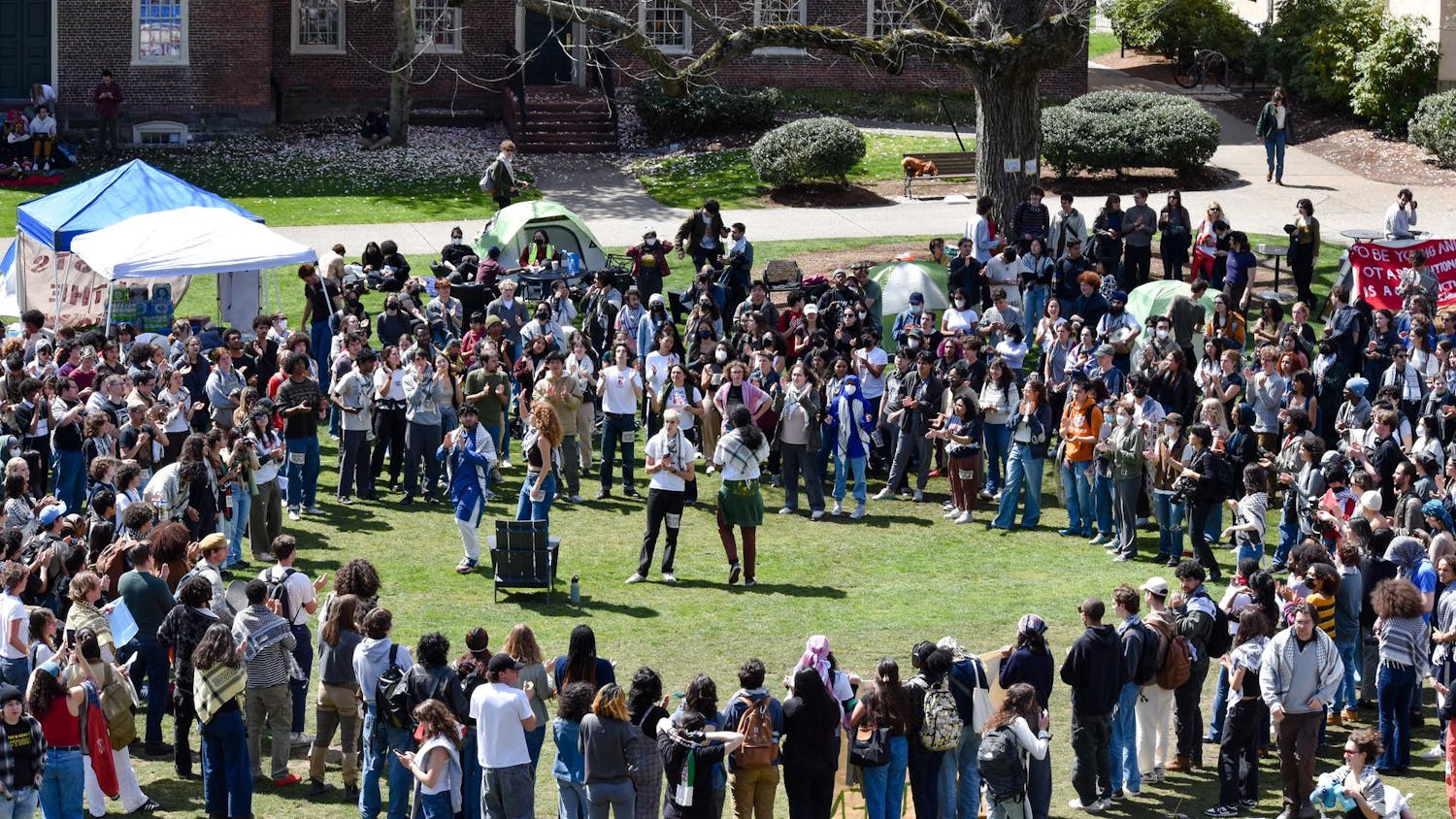How far have women come in the sciences? Far, but not enough, Nancy Hopkins, professor of biology at Massachusetts Institute of Technology, told a mostly female audience in a lecture last night.
Hopkins discussed how the position of women in scientific disciplines has changed in her lecture at Sidney Frank Hall titled "Mirages of Equality: Progress of Women in Science at MIT, 1971-2001."
"Change does not happen with time alone," she said, emphasizing that people must work actively to solve these issues of discrimination.
Hopkins combined institutional data about MIT with personal anecdotes to illustrate her point.
Since the 1970s, when MIT dramatically increased its number of undergraduates and faculty, there have been four main barriers to gender equity in the sciences, Hopkins said.
The first barrier was sexual harassment. When she was a young scientist working in James Watson's lab, Hopkins said, Watson's co-discoverer of the structure of DNA, Francis Crick, came over to her and put his hands on her breasts when she was looking at her lab notebook.
A lack of support has also allowed some young female scientists to fall through the cracks, Hopkins said, though formal mentoring programs have helped.
Other barriers are more difficult to surmount, Hopkins said. The seemingly mandatory choice for women between family and work has been a particularly thorny issue.
"I assumed women simply chose to be mothers and as such couldn't be scientists," she said. After Hopkins got divorced in her thirties she "decided not to remarry, not to have children, and to be a scientist," she said — a decision facing many women pursuing tenure positions at research universities.
Gender bias leads to women being marginalized and undervalued, Hopkins said.
"We have stereotypes of men and women and these stereotypes tend to slightly overvalue men and undervalue women," Hopkins said.
Recognizing that a gender bias existed was difficult for her, Hopkins said. Though she often saw her male counterparts offered greater opportunities, Hopkins said, at first she did not attribute the differences to their gender. The breaking point came when she asked for 200 square feet more of lab space and the male administrator in charge asked her, "Could you run a large laboratory?"
She channeled her anger from that experience into productive action — including writing a report about women in the sciences at MIT, establishing gender equity boards at each of the five schools at MIT and creating a uniform family policy.
However, it is difficult to get rid of the underlying gender bias against women because it is deeply embedded in our culture, Hopkins said.
As an example to illustrate the challenges women still face, Hopkins discussed the negative backlash she faced from prominent Harvard professors like Steven Pinker when she walked out during then-Harvard President Lawrence Summer's 2005 comments about women not being equal to men in scientific ability.
To a question raised by an audience member about who should be leading the charge for gender equity, Hopkins answered that "older women should do it for younger women," and marveled at the lack of greater outcry by tenured women faculty members at major research institutions.
"It's really important for women to tell their stories," she said.




